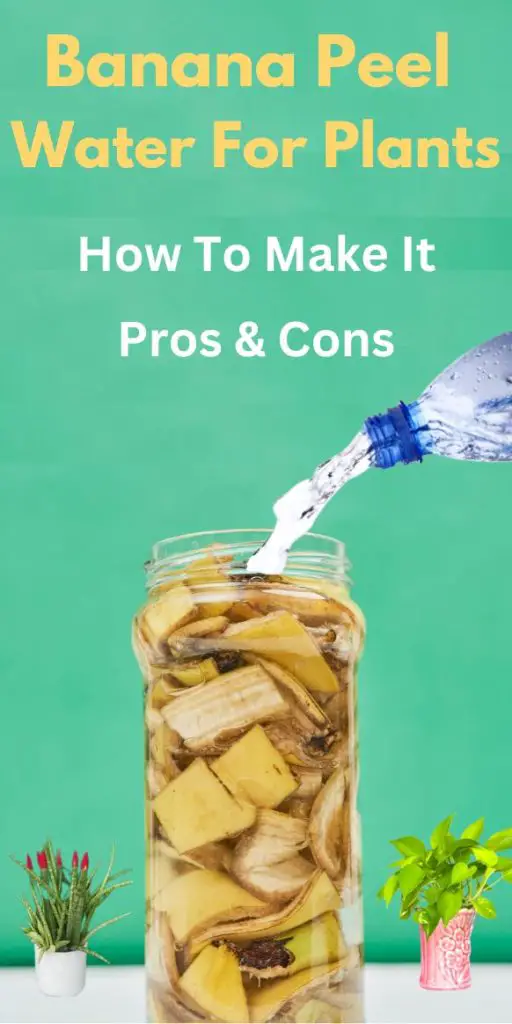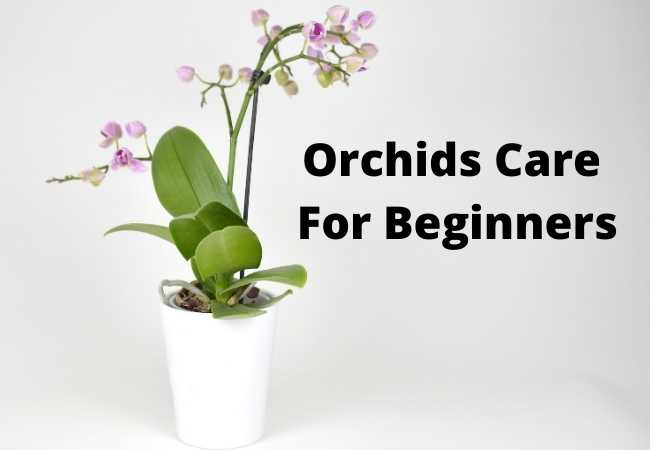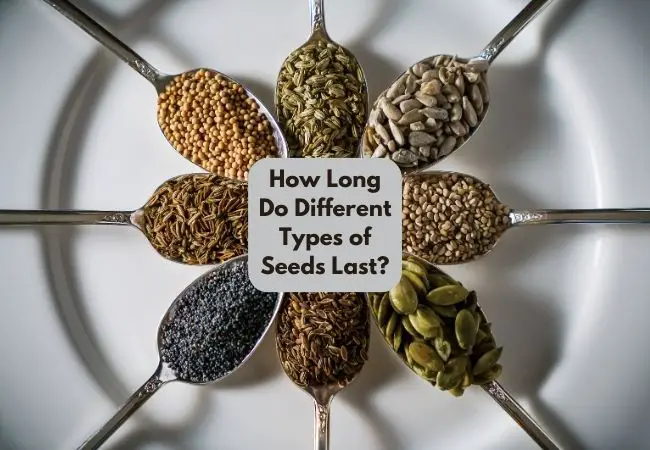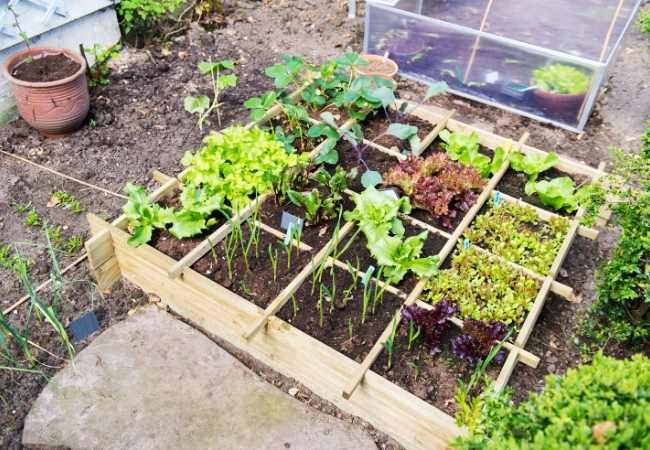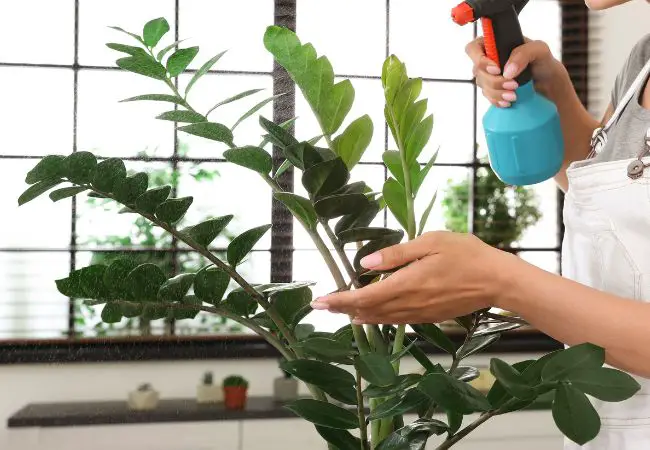Banana Peel Water For Plants
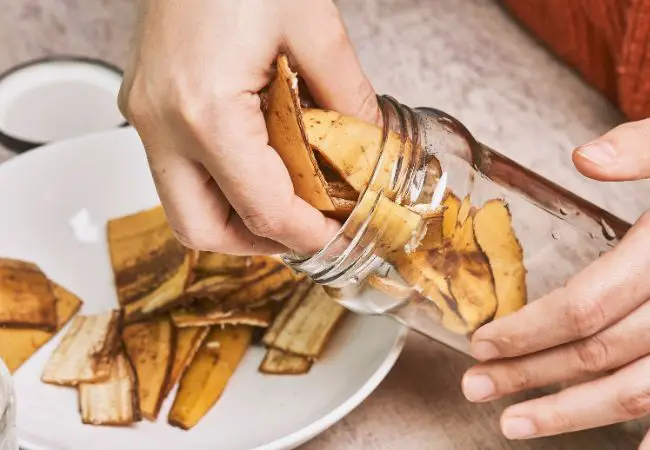
Banana peel water for plants can be useful in keeping them healthy and thriving. I am always looking for effective natural ways of caring for my plants. Not only are these alternatives good for humans and the environment, but they can also be affordable.
Banana Peel Water for Plants
There has been an increase in the use of natural fertilizers in recent years. These types of fertilizers can be made from various organic materials, such as food scraps and plant waste. I have to admit composting is my preferred method.
One natural fertilizer that has been gaining attention is banana peel water for plants. This article will explore the benefits of using banana peel water as a fertilizer for plants, how to make it, which plants benefit from it, and potential precautions to take.
Benefits of Banana Peel Water for Plants
Banana peel water is a natural fertilizer that is rich in nutrients that plants need to grow and thrive. Banana peels are a great source of potassium, phosphorus, and calcium, which are essential for plant growth.
- Potassium is particularly important for plants as it helps regulate their water balance and supports the production of flowers and fruits.
- Phosphorus is vital for root development and helps plants convert other nutrients into usable forms.
- Calcium is also important for root development, and it helps plants grow strong and healthy stems and leaves.
Using banana peel water as a fertilizer has many benefits. Firstly, it is an excellent way to repurpose food waste. Instead of throwing away banana peels, we can use them to nourish our plants.
Secondly, banana peel water is an affordable and accessible natural fertilizer. Many of us have banana peels readily available in our homes, making it an easy and cost-effective option for plant care.
Lastly, using banana peel water as a fertilizer has a positive impact on the environment. By using natural fertilizers, we reduce our reliance on synthetic fertilizers that can be harmful to the soil and water.
How to Make Banana Peel Water
Making banana peel water is easy and straightforward. Here’s what you’ll need
Materials:
2-3 ripe banana peels
A gallon-sized jar
Water
Instructions:
Rinse the banana peels thoroughly to remove any dirt or debris. Cut the peels into small pieces and place them in the jar. Fill the jar with water, covering the banana peels completely.
Place the jar in a warm and sunny spot, like a windowsill, and let it sit for 24-48 hours. After 24-48 hours, strain the liquid into another container, and the banana peel water is ready to use. Throw away the leftover peels preferably in a compost if you have one.
How To Use and Store Banana Peel Water
Use banana peel water within a week of making it. If you are not using the banana water immediately you can store it in a container with a lid and keep it in a cool, dark place.
Dilute the banana peel water with water before using it on your plants. A ratio of 1:5 (one part banana peel water to five parts water) is a good place to start.
Use banana peel water as a soil drench or foliar spray. I would advise against using banana peel water on plants that are sensitive to potassium, like succulents.
Plants That Benefit From Banana Peel Water
Many plants can benefit from the nutrients in banana peel water. Here are a few examples:
Tomatoes: Tomatoes are heavy feeders and require a lot of nutrients to produce a bountiful harvest. Banana peel water is an excellent source of potassium, which is vital for tomato plant growth and fruit production.
Roses: Roses benefit from the calcium in banana peel water, which helps them grow strong stems and healthy leaves. The phosphorus in banana peel water also promotes flower production in roses.
Peppers: Like tomatoes, peppers are heavy feeders and require a lot of potassium to produce healthy fruits. Banana peel water is an excellent source of potassium, making it a great fertilizer for pepper plants.
Citrus Trees: Citrus trees require a lot of nutrients to produce juicy and flavorful fruits. The potassium in banana peel water is essential for healthy citrus tree growth and fruit production.
Herbs: Many herbs, such as basil and parsley, benefit from the nutrients in banana peel water. The phosphorus in banana peel water promotes healthy root development in herbs, and the potassium helps them produce flavorful leaves.
Cons/Disadvantages of Banana Peel Water For Plants
While banana peel water has many benefits, there are some cons and potential drawbacks to consider when using it as a fertilizer.
Over-fertilizing: While banana peel water is a natural fertilizer, it is still possible to over-fertilize your plants. Using too much banana peel water can cause nutrient burn and damage to your plants.
To avoid over-fertilizing, start with a dilute solution and gradually increase the concentration as needed.
Pest Attraction: Banana peel water can attract pests like fruit flies and gnats. To avoid attracting pests, make sure to cover the jar of banana peel water while it’s steeping and avoid over-watering your plants.
Sensitivity to Potassium: Some plants, like succulents, are sensitive to high levels of potassium. Avoid using banana peel water on these types of plants.

Final Thoughts on Using Banana Peel Water
Although banana peel water is an easy and affordable natural fertilizer that has many benefits for plants, I don’t use it for my plants. I only experimented with it for a while and then went back to my usual fertilizer.
If you decide to use it, you will repurpose food waste, and provide your plants with essential nutrients like potassium, phosphorus, and calcium.
Remember to pay attention to the cons so that you can reap all the benefits of positive impact on plant growth and the environment.
I hope this post on banana peel water for plants was informative and will help you decide whether to try it out on your plants. Don’t forget to follow me on Multigardening Pinterest for more awesome gardening posts.
